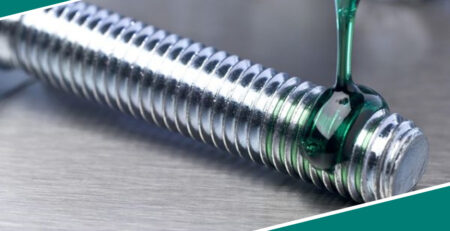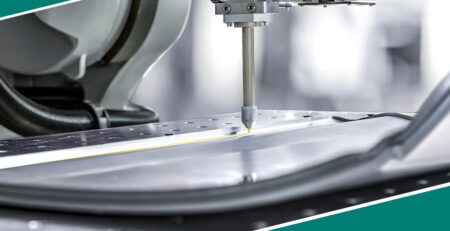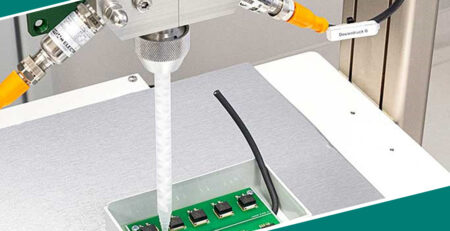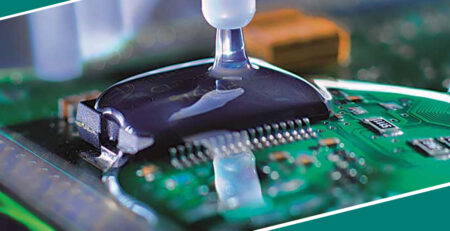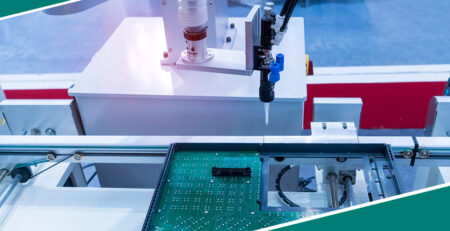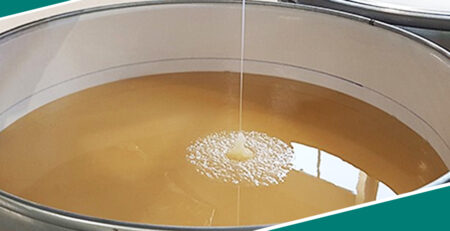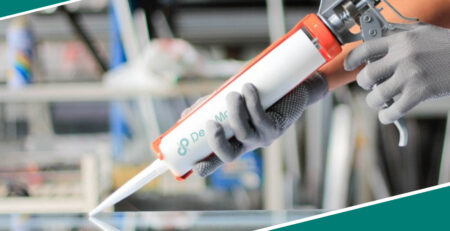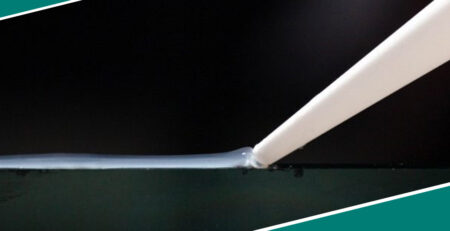What Is The Best Epoxy Adhesive Glue For Plastic?
What Is The Best Epoxy Adhesive Glue For Plastic?
Epoxy adhesive glue is both versatile and strong, making it a favorite for bonding plastic materials in industries like automotive, construction, and electronics. This two-part adhesive, a mix of resin and hardener, sparks a chemical reaction when combined, forging a bond that’s both durable and robust.
When it comes to picking the right glue for plastic, the game is all about understanding your materials. Plastics aren’t all created equal. Some are tough guys with high melting points; others are more on the flexible side with lower melting points. Knowing the traits of the plastic and the glue ensures they’re a good match and you get the stickiness you’re aiming for.
Understanding the properties of plastic and epoxy adhesive glue
Plastics break down into two main groups: thermoplastics and thermosetting plastics. Thermoplastics are the chameleons of the plastic world, melting and remolding multiple times without a fuss. Think polyethylene and polystyrene. Thermosetting plastics, like epoxy and phenolic, are the one-hit wonders; once they’re set, that’s it—no redo.
Epoxy adhesive is the go-to for bonding these set-in-their-ways plastics. It’s got a knack for clinging to a range of materials, from plastics and metals to ceramics and wood. Its superpower is forming bonds that are not only tough but also resistant to heat, chemicals, and moisture.
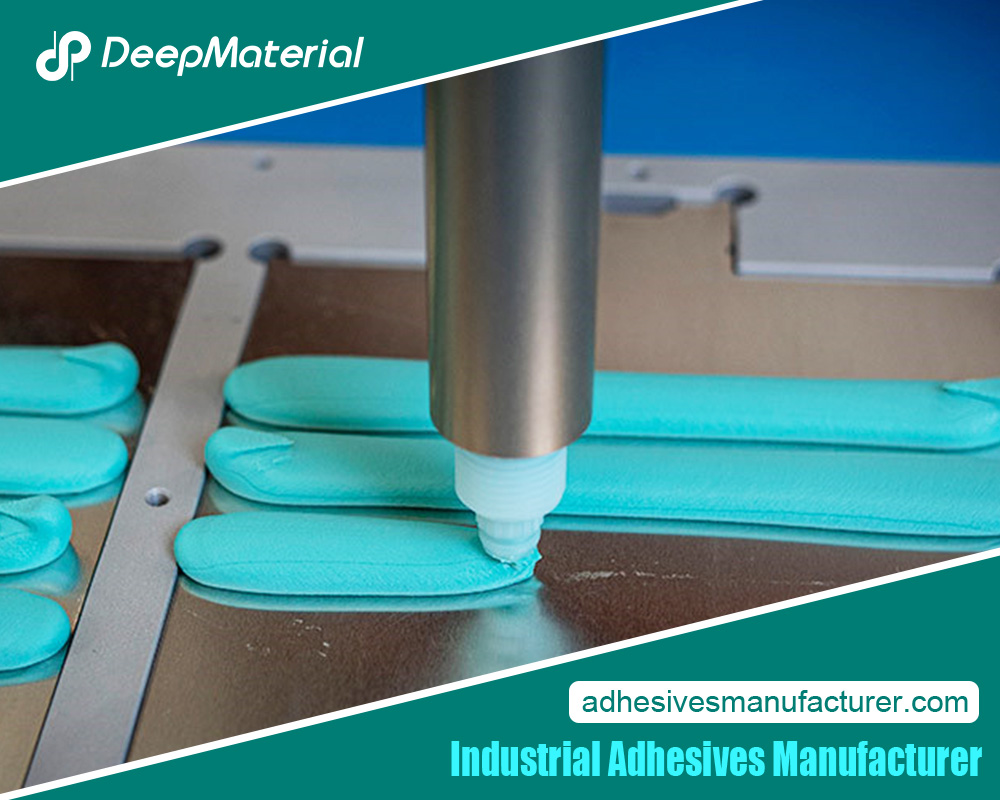 Factors to consider when choosing an epoxy adhesive glue for plastic
Factors to consider when choosing an epoxy adhesive glue for plastic
Choosing your epoxy wisely involves a bit of detective work. Start with the type of plastic. Each type plays by its own rules on how it likes to stick. Picking an epoxy that gets along with your particular plastic is key.
Then think about what you’re asking this bond to handle. Is it a heavyweight champ or just a flyweight? Match the glue’s strength to the job at hand. And don’t forget to consider the conditions it’ll face. Will there be high heat or chemicals? Make sure your epoxy can take the heat without a meltdown.
Finally, consider how you’ll use it. Some epoxies need a mix right before you use them; others are ready to go out of the box. And drying time—don’t rush it. Make sure you choose a glue that gives you enough time to apply and let it set properly.
Picking the right epoxy adhesive for your plastic isn’t just about grabbing whatever’s on the shelf. It’s about making sure it fits your project like a glove. With the right knowledge and a bit of care, you’ll have a bond that’s built to last.
Top brands of epoxy adhesive glue for plastic
Looking for the best epoxy glue for your plastic projects? Well, you’re in luck! Several brands are fan-favorites for their stickiness. Loctite is one such hero in the world of epoxy glues, with products that really grip onto plastics and don’t let go. Their glues are not just strong; they’re durable too.
Then there’s 3M, rolling out an impressive lineup of epoxy glues that are champions of bonding strength and can take on temperature swings and harsh chemicals without breaking a sweat.
Don’t forget about Devcon! They’re known for their quick-setting epoxies that don’t mess around when it comes to curing time and bond strength.
Price and availability matter too, so think about what your project really needs and pick a glue that fits your budget without compromising on quality.
How to prepare plastic surfaces for epoxy adhesive glue application
Want a bond that’s strong and lasts? Start with a clean surface. Any dirt, grease, or old stickers? They’ve got to go. Clean the plastic with some mild detergent or a solvent that’s safe for plastics.
Next up: sanding. Grab some fine-grit sandpaper or a sanding block and lightly scuff up the surface. This isn’t a stress-relief session, so go easy and keep it even. You want to rough it up enough for the glue to cling to, not make it look like it survived a cat attack.
After sanding, give the surface a good wipe with a clean cloth to pick up any dust or particles. Make sure it’s dry as a bone before you bring out the epoxy. Dry and clean means you’re all set for a strong glue-up!
Step-by-step guide on how to apply epoxy adhesive glue on plastic
First things first, prep your epoxy adhesive glue just like the manufacturer says. You’ll usually need to mix equal parts resin and hardener.
Now, grab a brush or spatula and spread a thin layer of this sticky concoction onto one of the plastic surfaces. Keep it neat!
Line up those two plastic pieces just right and press them together firmly. Like a gentle but firm handshake, not a bear hug.
Need to keep them stuck while the glue does its magic? Apply some clamping pressure. You can use clamps or even some weights—just don’t go using your pet elephant.
Let the glue cure as long as the manufacturer recommends, at the right temp too. This isn’t the time for impatience!
After it’s cured, give it a little test by pressing on the area where they join. Any movement? Might need more time to toughen up.
Tips for achieving a strong bond with epoxy adhesive glue on plastic
Want that bond to be like a friendship that lasts a lifetime? Stick to the curing time and temp the instructions specify. This really matters because the right conditions make all the difference in how strong that bond will be.
Clamping pressure is your friend here. It helps the glue get cozy with the plastic. But keep it even—too much pressure, and you might push all the glue out, leaving you with a weak bond.
Keep moisture and dirt away from your bonding party. They’re like those uninvited guests who can ruin the vibe. Make sure the area is clean and dry, and keep your hands off the surfaces once they’re ready to stick. Working in a clean environment is key to getting a bond that holds tight.
Choosing the best epoxy adhesive glue for plastic
In conclusion, choosing the best epoxy adhesive glue for plastic requires careful consideration of several factors. Understanding the properties of both the plastic material and the adhesive is crucial to ensure compatibility and achieve a strong bond. Factors such as the type of plastic material, strength and durability needed, temperature and chemical resistance, and application method should be taken into account when selecting an epoxy adhesive glue.
There are several top brands of epoxy adhesive glue that offer a range of products specifically designed for plastic bonding. Comparing prices and availability can help in making an informed decision.
Proper surface preparation, including cleaning and sanding, is essential for achieving a strong bond when using epoxy adhesive glue on plastic. Following a step-by-step guide and implementing tips for achieving a strong bond can help ensure successful results.
Avoiding common mistakes, such as over-application or under-application, incorrect mixing ratios, and improper surface preparation, is important for achieving optimal bonding properties.
By considering these factors and following the recommended guidelines, it is possible to choose the best epoxy adhesive glue for plastic and achieve strong and durable bonds in various applications.
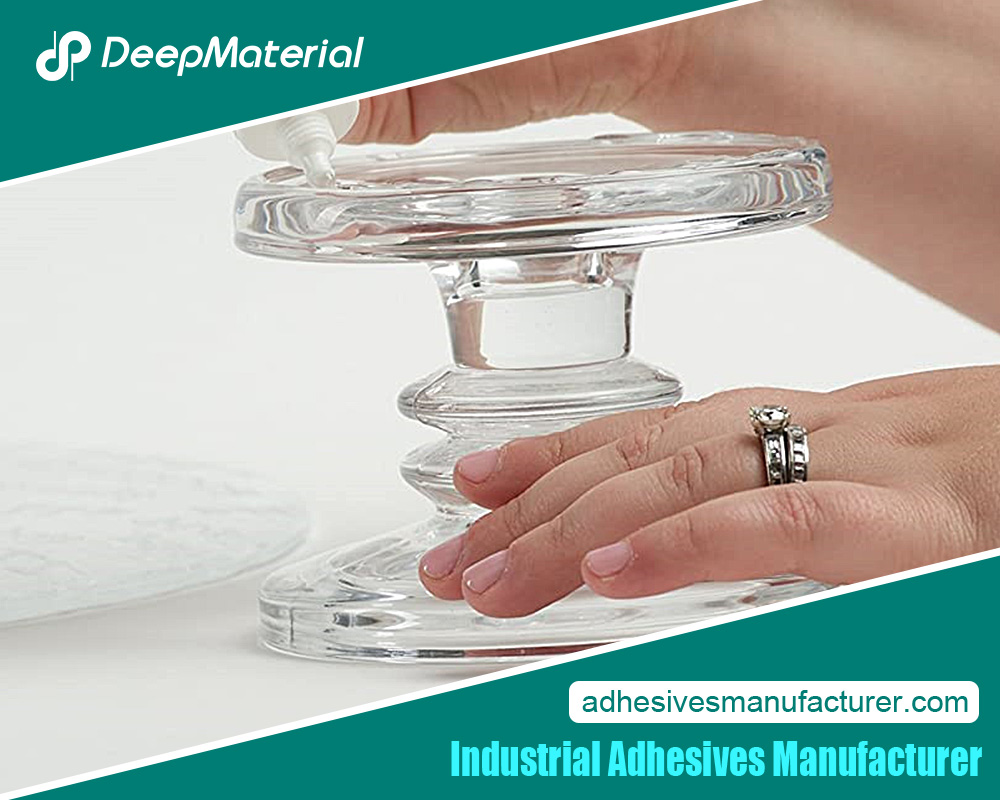 Choosing the best epoxy adhesive glue for plastic
Choosing the best epoxy adhesive glue for plastic
So, you’re on the hunt for the best epoxy adhesive glue for plastic? Well, buckle up because it’s all about getting your ducks—or should we say plastics?—in a row. Understanding both the plastic and the adhesive’s properties is key to making sure they play nice together for a bond that’s not just strong but lasts.
First, consider the type of plastic you’re working with along with what you really need from the bond: strength, durability, and how well it can handle temperature changes and chemicals. All these should steer your choice of epoxy adhesive.
For more about the best epoxy adhesive glue for plastic, you can pay a visit to Deepmaterial at https://www.adhesivesmanufacturer.com/ for more info.


